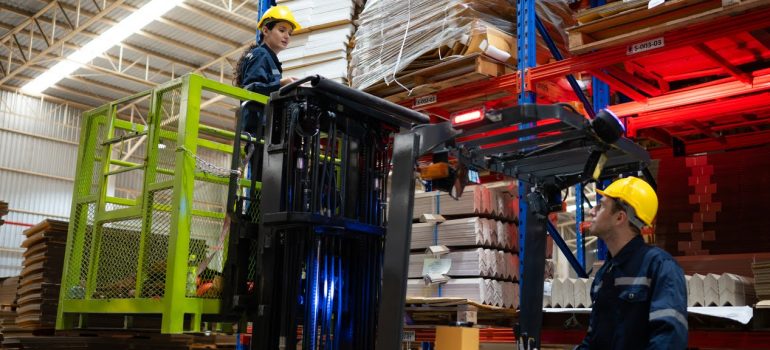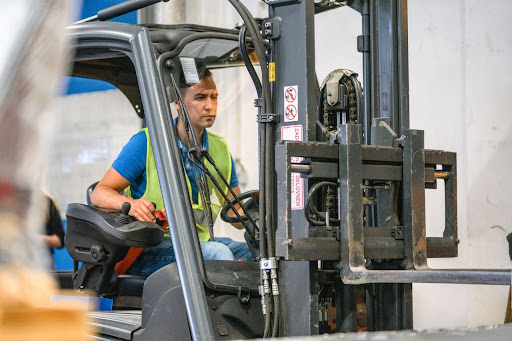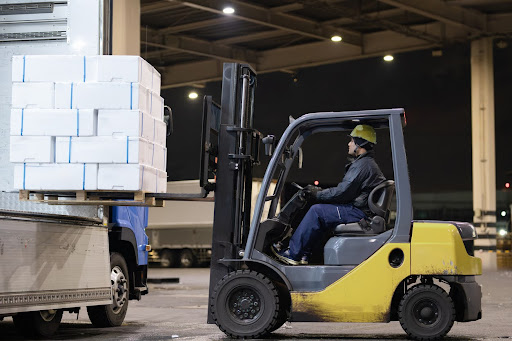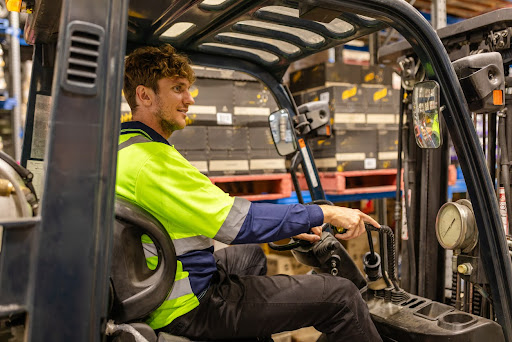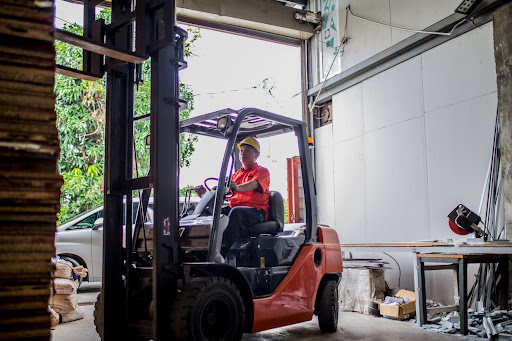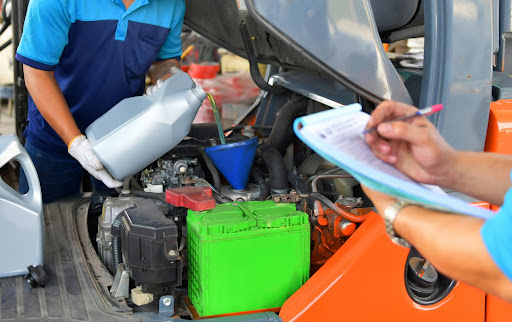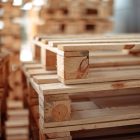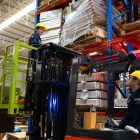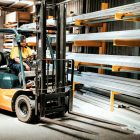Skids and Pallets Explained: Types, Uses and Key Differences
Skid vs pallet: Both are essential in freight, warehousing, and e-commerce logistics. They assist in transportation and storage of goods. Understanding their differences can help streamline operations.
A pallet is a flat structure with a top and bottom deck. It provides stability and ease of handling.
Skids, on the other hand, lack a bottom deck. They are often used for forklifts and other heavy machinery.
This guide will explore the types, uses, and key differences between skids and pallets.
What is a Skid? Key Features and Uses
A skid is a simple, versatile platform. Unlike pallets, skids do not have a bottom deck. This absence makes them more cost-effective.
Skids are often used in specific scenarios. They support heavy machinery and equipment securely. They are less stable but they fulfill certain needs effectively.
Skid materials are usually wood. This option is affordable and practical. Skids may be used as permanent foundations, particularly of large equipment.
Key features of skids:
- Cost-Effective: Cheaper than pallets because of the simpler design.
- Versatile: Useful in a variety of environments.
- Durable: Capable of supporting heavy weight.
The versatility of skids makes them a convenient option. They are given priority in industries where cost saving is important. Understanding their features will assist in choosing the right tool for the job.
What is a Pallet? Understanding the Basics
A pallet is a flat stable platform. It’s designed for efficient handling. They are easily lifted by forklifts, pallet jacks and other equipment.
Warehousing uses pallets because of their stability. They enable the movement and storage of goods easily.
Materials for pallets include wood, plastic, and metal. Each material has its own benefits.
Benefits of pallets include:
- Stability: Ensures goods remain intact.
- Ease of Handling: Readily transported by equipment.
- Material Options: Choose based on needs and budget.
Pallet sizes can vary. The ability to be used in various settings is made possible by versatility in size.
In general, pallets are versatile and widely used tools. They improve operations in logistics and warehousing.
Skid vs Pallet: Main Differences
It is important to understand the key differences between skids and pallets. The primary difference is their structure. Pallets have a bottom deck, which improves their stability in transportation.
Skids are simpler and do not have a bottom deck. This design makes skids less stable but cheaper. They are frequently used in environments where stability is less critical.
Pallets are commonly used in warehouses and for shipping requirements. They are designed in such a way that they can accommodate forklifts and pallet jacks.
Key differences between skids and pallets include:
- Structure: Pallets have a bottom deck; skids do not.
- Stability: Pallets offer more stability than skids.
- Cost: Skids are usually more affordable.
- Usability: Pallets can be used with different handling equipment.
Choosing between skids and pallets is based on specific needs. Such aspects as cost, stability, and usage play a role. Evaluating these differences can guide informed decisions in logistics operations.
Types of Skids and Pallets
There are various types of skids and pallets, each suited to specific tasks and industries. The selection often aligns with the intended use and cost limitations.
Types of pallets vary depending on material and structure. Common categories include:
- Wooden Pallets: Cost-effective and widely used in numerous industries.
- Plastic Pallets: Hygienic, durable and suitable in food and pharmaceutical industries.
- Metal Pallets: Normally used in heavy duty work that requires additional strength.
Skids are simpler and can be used in a variety of ways. They are typically made of wood because it is affordable. Other skids are custom-made to suit specific equipment.
Choosing the right type depends on load capacity, environmental factors, and handling requirements. Understanding these differences is essential for effective material handling in logistics.
Common Uses in Warehousing and Logistics
Skids and pallets are pivotal in warehousing and logistics. They simplify the movement and storage of goods.
Pallets, with their stable design, are used extensively in shipping. They allow for easy lifting and stacking of goods. They are also uniform in size, which makes good use of storage space.
Skids provide a firm foundation to heavy or cumbersome equipment. They are beneficial where a bottom deck is not necessary. Skids are often used to store items stationary or as a base to machinery.
Key uses include:
- Storage: Keeps goods in an organised manner and off the ground.
- Transportation: Enables easy transportation through the use of forklifts or pallet jacks.
- Material Handling: Increases warehouse safety and efficiency.
Understanding these uses assists in the optimisation of logistics operations.
Choosing Between Skids and Pallets: What to Consider
Choosing between skids and pallets is based on several factors. Assessment of your particular needs will lead to improved decision-making. Consider the following aspects:
- Cost: Skids are often cheaper due to a simpler design.
- Stability: Pallets are more stable with a bottom deck.
- Handling: Pallets can be used easily with forklifts.
- Load Type: Skids can be useful with heavy machinery.
- Environment: Indoor or outdoor usage dictates material choice.
Consider the logistics involved and operational needs. The right decision can enhance efficiency and cut down costs. The selection of skid or pallet to suit your needs optimises the material handling processes.
For handling heavier loads, check out manual pallet mover. It is a powerful and efficient tool used across a wide variety of industries. This machine is designed to simplify the process of moving pallets in environments like manufacturing facilities, warehouses, and retail spaces, among others.
A thoughtful evaluation prevents future logistics problems.
Maintenance, Safety, and Environmental Impact
Maintaining skids and pallets improves safety and prolongs lifespan. Accidents can be avoided through regular checks.
- Inspect for any damage before use.
- Repair or replace damaged units as soon as possible.
- Clean frequently to prevent contamination.
Think about environmental impact in terms of material choice. Wooden alternatives are recyclable. The use of sustainable materials promotes eco-friendly goals and minimises waste.
Conclusion: Making the Right Choice for Your Needs
So when it comes to skid vs pallet, choosing between the both depends on your specific needs. Determine the value of stability over cost. Take into consideration materials, sizes, and handling needs. Make your decision based on the goals of your operation.
At Active Forklifts, we have an extensive lineup of machine attachments that are the perfect fit for a wide array of tasks. Explore material handling solutions that are designed to make the movement and management of goods and materials as smooth, efficient, and safe as possible. Always choose equipment that suits your load requirements.


